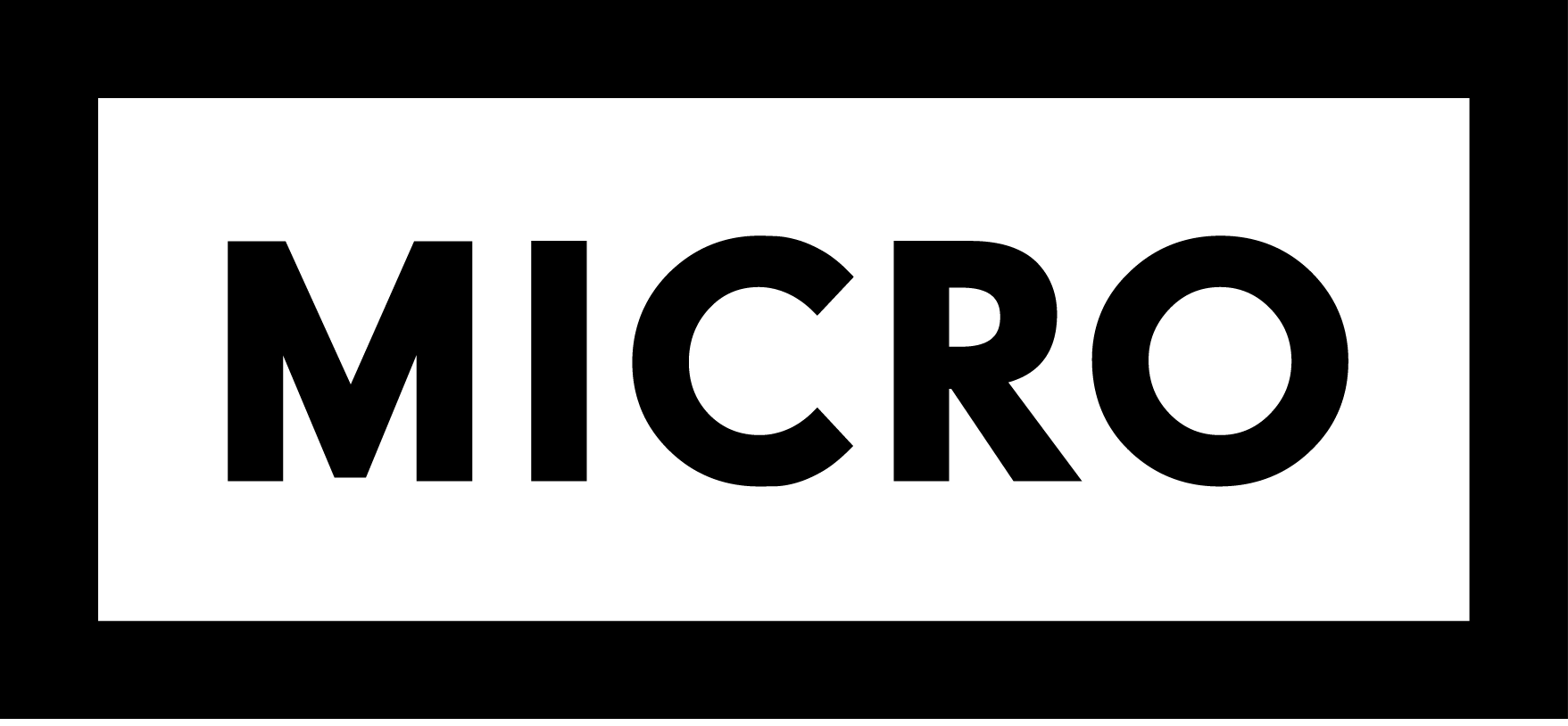Every cell in your body holds a clock. It began to tick the moment your parents’ genetic material merged to form you, and it will stop when you disintegrate back into the world once more.
Getting old is inevitable, we tell ourselves. Babies grow into children, into lovers, into adults who examine their thinning skin and falling hair, into old age, and die. If we’re lucky, we’ll get eighty years.
The octopus lives for less than five years, in a rainbow of patterns and loneliness, and then dies in the great birthing of thousands of eggs.
Only getting old isn’t inevitable.
Growing old and dying are evolutionary strategies. Just like figuring out which senses you need, or what approach to mating will be most successful, each animal has its own biological clock.
The longest lasting clock belongs to a mollusk, of course: the ocean quahog clam.
Quahog clams regularly live for hundreds of years in the cold seas of the North Atlantic. Chances are that next time you order chowder, you’ll be chewing on a little creature born when the United States were still colonies ruled by Britain.
Quahog clam. Bangor University
The oldest animal we’ve discovered so far, a quahog clam called Ming, was born off the chilly Icelandic coast back when we thought the sun spun around the earth and the devil snuck into our mouths when we sneezed. By the time Ming died, 507 years later, we had mapped the human genome and could rocket to the moon.
What is aging, anyway? At its simplest, it is a cycle of cell replication. Cells reproduce, and we grow. If the DNA packed inside a cell gets damaged, the cell stops reproducing and we get a new wrinkle.
Replication is an aggressive act, tearing the cell in two. Every copy wears down the DNA inside, eventually forcing the cell to stop duplicating.
Living in the freezing waters off Iceland slowed Ming’s metabolic rate, and it took longer for her cells to replicate. This preserved Ming’s DNA and kept her cells nice and fresh. Even when its cells did replicate, the tips of Ming’s DNA were protected by caps called telomeres, which the clams actively repair.
Humans have telomeres too. But like most other animals, we don’t maintain them as well as quahog clams. Even at 507, Ming the clam didn’t die of old age. She was collected by scientists investigating marine climate change, who used the growth rings in clam shells to analyze year-by-year shifts in the composition of the oceans.
Ming left us a message in her ancient rings. Humans, she said, see the world from a limited perspective that mirrors their life spans. We begin and end life in a small slice of the quahog’s shell. Our short lives are becoming a big problem.
More Clues
Early oyster markets in New York City.


